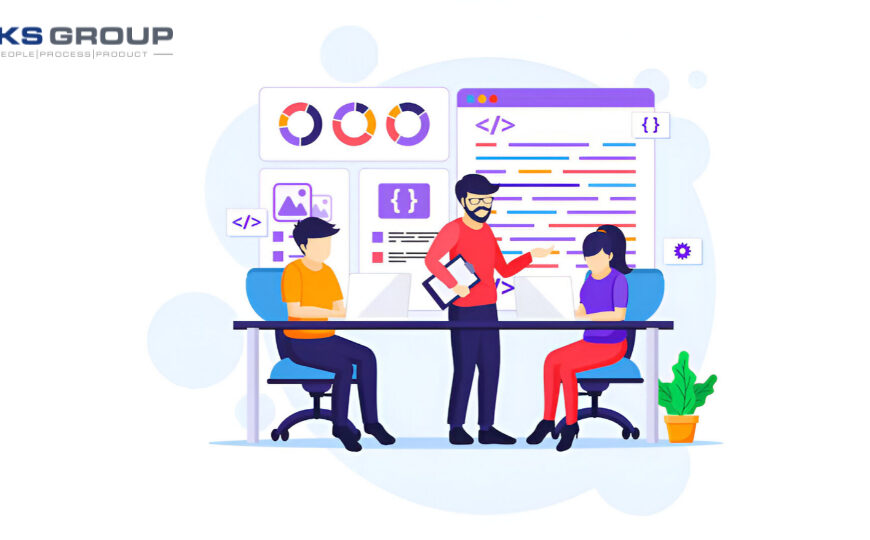In today’s fast-paced job market, hiring top talent is more competitive than ever. Businesses that wait until they have an immediate job opening to start recruiting often find themselves at a disadvantage. The best way to stay ahead is by building a talent community—a network of engaged, qualified candidates who are interested in working for your company in the future. This approach not only reduces hiring time but also enhances the quality of hires.
In this article, we will explore how to build a talent community that will serve as a sustainable pipeline for future hiring needs, improving your recruitment strategy and ensuring long-term business success.
Why Building a Talent Community is Crucial
Before diving into the strategies, it is important to understand why a talent community is beneficial:
- Reduces Time-to-Hire: Having a pool of pre-qualified candidates speeds up the recruitment process.
- Enhances Employer Branding: Engaging with candidates before a hiring need arises establishes your company as a desirable employer.
- Builds Long-Term Relationships: Proactively connecting with talent fosters trust and loyalty.
- Improves Quality of Hire: A well-maintained talent community leads to better candidate matches for future roles.
- Decreases Recruitment Costs: Reducing dependency on external recruiters and job boards lowers overall hiring expenses.
Steps to Build a Talent Community
1. Define Your Ideal Talent Pool
Before building a talent community, you need to define your target candidates. Consider factors such as:
- Industry experience
- Skillset and expertise
- Cultural fit
- Career aspirations
Having a clear candidate persona will help in creating targeted content and outreach strategies.
2. Leverage Employer Branding
A strong employer brand attracts top talent. To enhance your brand:
- Optimize your company website with an engaging careers page.
- Share employee testimonials and success stories.
- Showcase your company culture through social media and blogs.
- Highlight career growth opportunities and benefits.
3. Utilize Multiple Sourcing Channels
Expanding your reach requires leveraging various sourcing channels, such as:
- LinkedIn and Social Media: Engage with potential candidates through content and discussions.
- Company Career Page: Create an easy way for candidates to join your talent community.
- Networking Events and Webinars: Offer educational sessions to attract professionals.
- Employee Referrals: Encourage employees to refer potential candidates.
- Job Fairs and Conferences: Participate in industry events to connect with job seekers.
4. Implement a Candidate Relationship Management (CRM) System
A CRM for recruitment helps organize, track, and engage candidates efficiently. With automation, recruiters can:
- Segment candidates based on skills and experience.
- Send personalized emails and job alerts.
- Track engagement levels and candidate responses.
5. Provide Value to Community Members
To keep your talent community engaged, offer meaningful interactions beyond job postings. This includes:
- Exclusive Content: Share industry insights, career tips, and company news.
- Professional Development: Offer webinars, mentorship programs, and training.
- Q&A Sessions: Host live chats with recruiters and hiring managers.
- Company Events: Invite talent community members to virtual or in-person networking events.
6. Foster Continuous Engagement
Maintaining engagement is key to a successful talent community. Effective ways to keep candidates interested include:
- Regularly updating them on industry trends.
- Sending personalized job recommendations.
- Offering referral incentives for recommending other professionals.
- Encouraging two-way communication via surveys and feedback forms.
7. Build an Alumni Network
Former employees are valuable assets to your talent community. Stay in touch by:
- Creating an alumni group on LinkedIn.
- Inviting alumni to company events and webinars.
- Offering opportunities for reemployment or contract work.
Measuring the Success of Your Build Talent Community
Tracking key performance metrics helps evaluate the effectiveness of your talent community. Consider monitoring:
- Engagement Rate: Track email open rates, social media interactions, and event attendance.
- Talent Pipeline Growth: Measure the increase in community members over time.
- Application Conversion Rate: Assess how many community members apply for open positions.
- Time-to-Hire Reduction: Compare hiring timelines before and after implementing the talent community.
Final Thoughts
Building a talent community is a proactive recruitment strategy that ensures you always have access to top talent when hiring needs arise. By focusing on engagement, branding, and relationship-building, companies can develop a sustainable talent pipeline that drives long-term success.
If you haven’t started building a talent community yet, now is the time to take action and gain a competitive edge in the hiring market.
















